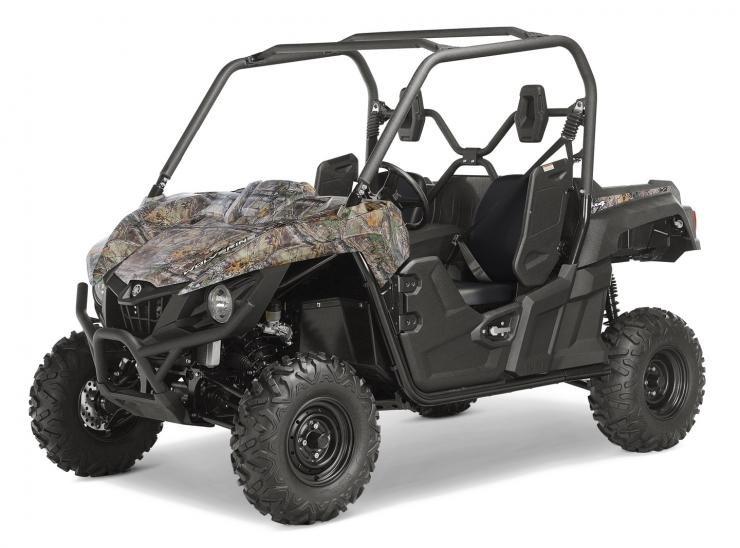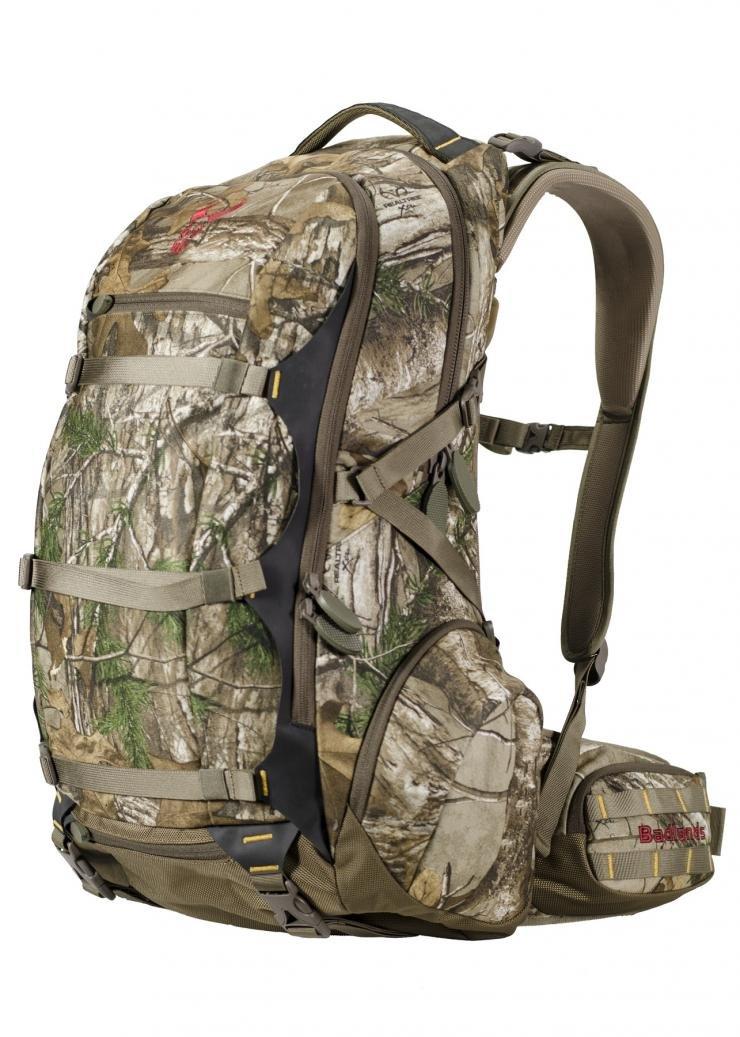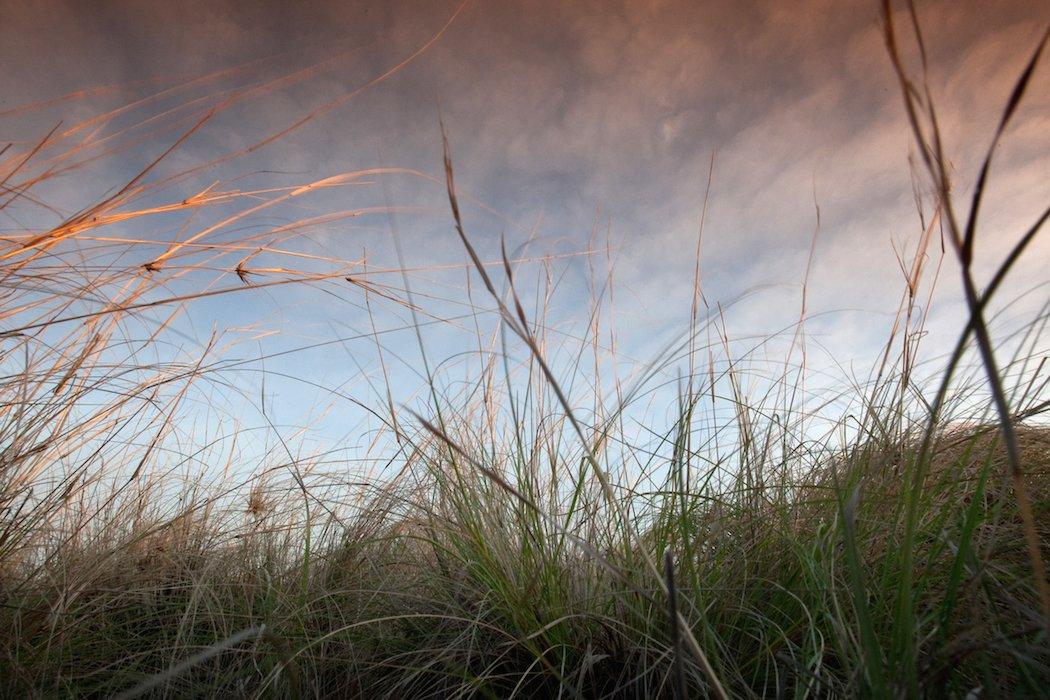Deer Thrive on Native Plants
Many of us are aware of what a native plant is. We can walk out of our front door and see a variety of native plants in our yard every day. But before diving into what native plants offer for deer, Dr. Craig Harper, professor of wildlife management and extension wildlife specialist at the University of Tennessee, defines the most important stages of successional growth of native plants that exist in a whitetail deer habitat. He first describes what a successional plant community is.
It is change in the plant community composition following disturbance over time, he said. To elaborate more on what an early successional plant community is, Dr. Harper said that it is The species of plants that respond to disturbance in an open setting. It is not young forest. Forests represent mid or later successional stages.
We can assume early stages of succession are more herbaceous, providing more cover and various food sources within reach for the deer. A deer often beds in close proximity to where they browse, and during a deer's growing season, these areas are primary for them to prosper. Many deer rely on early-successional growth of plants, but whitetail deer also rely on later successional growth to meet their survival needs.
It's important to have access to both early and late successional habitat. Early will produce forage and later will have fall hard mast and fall soft mast, having a continuity of mass production of a variety of successional stages, said Dr. Karl Miller, professor of wildlife management at the University of Georgia. Miller said access to various successional plant stages is ultimately important for the deer herd to thrive throughout the seasons.
Early Successional Habitats and Deer Nutrition
A deer's metabolic strategy is to store fat for the winter months and contain that fat as much as possible until the spring and summer months arrive. But a deer's health conditions largely reflect their diet during their growth.
During their growth phase when they're putting on body mass, they need both energy and protein, said Miller. Brimming forage that consists of native plant species such as berries and shrubs provides good nutrition for energy deer need to make it through winter.
Dr. Mark Ford, professor of wildlife management at Virginia Tech, touches on a deer's primary diet that helps them prosper during the hunting season.
Deer know what plants to browse for energy and high protein, he said. Deer will seek out forages in summer with the highest carbs and protein, which is critical for antler growth. During the fall, deer seek out hard mast such as acorns to store fat for the winter.
Naturally, deer are foragers and have preferences for the types of plants they browse. A whitetail's preference may hinder the growth of antler and body size, depending on which plants are available to them. When a specific plant is over-browsed in an area, it establishes too much pressure on the area causing the deer population to exceed the habitat's carrying capacity, leading to mortality of both the plant species and the deer population.
Common Native Plants
Native plant species vary across North America. Whitetail deer populations have distinguishing characteristics depending on which region of North America they reside. But no matter what region you are hunting, hard-mast producing trees are where you are sure to locate deer during hunting season. Acorn-producing hardwoods are usually found throughout the various regions and are favorites of deer for browsing, bedding or rubbing. Acorns are a steady food source during the fall and winter that provide deer with the nutrition they need to survive the winter.

Dr. Miller talks about the benefits of oaks, White Oaks tend to be higher in carbs and red oaks tend to be higher in fats. White oaks are more preferred. The flip side is that red oaks tend to persist longer into the fall, and are leftover and that's when they become important. That's a general trend. I've often witnessed a deer ignore a supply of fallen red oak acorns to pursue the white oak acorns on the ground twenty yards away. Set up in a location with a variety of hard-woods, and pay attention to what the deer are browsing.
Too Many Deer Are Harmful to Native Plants
Don't avoid the fact that an overabundance of deer is detrimental to native plant forage. The most common reason being starvation. When deer starve due to an unsustainable carrying capacity, deer will begin to eat leftover browse. This includes anything that is not preferred by the deer.
You want to harvest and regenerate in such a way that deer have good browse and good use in terms of leaves and produce copious amounts of foliage and soft mast, said Ford. But you still want enough trees that can escape being eaten by deer, he continued.
Ensuring that there is native plant browse available in abundant amounts year-round, especially during spring and summer, is crucial for deer to grow to their full potential so we can hunt them. If native plant communities are suffering because of too many deer, then a deer herd's habitat and food sources diminish. That's one reason why we hunt them.
Maintaining deer density at a level that prevents over-browsing and reduction in plant diversity can help conserve these native plants, said Harper. Proper land management, however, is just as important as maintaining deer density within a certain level.
Dr. Miller provides support on this issue, [We see] occasions across this country where deer exceed the carrying capacity for the habitat and cause damage to the habitat which not only effects the deer, but effects all other wildlife species as well.
Native plants are not only used as a food source by whitetail deer. Native plants contribute to deer growth by providing shelter and cover. Some plants, depending on the stage of growth, provide deer with various uses to help them survive. Like humans, deer reside where their necessities are easily available to them. Native plant communities are ultimately important for a deer's main purpose - to survive. Hunters can contribute to the continuous growth of native plants. If you want to harvest the healthiest deer this fall, you should strive to create these conditions for your sought-after whitetail deer herd this season.
Cleanse the Vegetation
An effective method for maintaining a variety of native plant species is to conduct controlled burns for fresh vegetation. Refreshing the soil of native plants helps them to thrive after the previous stand has been turned into ashes.
According to Dr. Harper, Prescribed fire sets back the successional process and stimulates growth of new vegetation, which depending on species, can be very nutritious and highly digestible.
Dr. Mark Ford gives similar testimony.
The ash from where the leaves are consumed restores nutrients like a fertilization effect, so a blackberry or blueberry is more nutritious for the deer than one grown in a non-burn unit, he said.

Though, Dr. Harper said these strategies cannot be conducted on a one-time-only basis. Controlled burns must be frequently performed. If you maintain early successional communities, you have to implement disturbance relatively quickly, every few years. If you are doing that, you are causing the plant community to continue growing and responding, helping food and cover, said Harper. If you don't implement, then food and cover are growing out of reach for deer, and the carrying capacity for that site declines, he continued.
Whatever region you hunt, become aware of the native plant resources available to the white-tailed deer herd in your area throughout the year, and what they are generally used for. Scout, recognize, and familiarize yourself with the types of shrubs, grasses, forbs, crops and trees that you primarily harvest deer around. The more aware you are, the more likely you are to have a successful hunt.
Click here to observe the ideal, ultimate hunting property.
Editor's Note: This was originally published August 30, 2016.
Click here for more food plots and land management articles and videos.
Check us out on Facebook.








